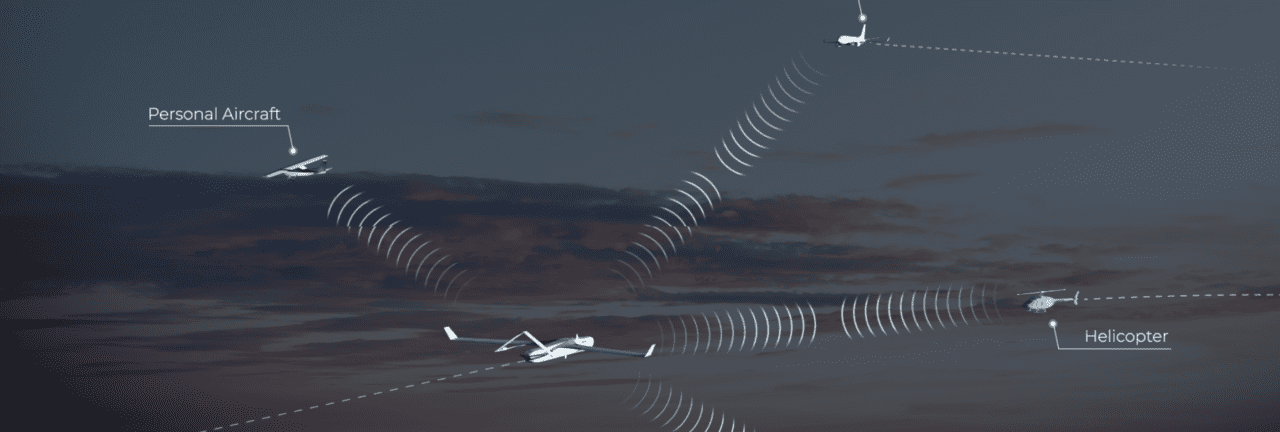
Sagetech Avionics’ Detect and Avoid solutions and Automatic Dependent Surveillance-Broadcast (ADS-B) transponders will undergo testing as part of the company’s new agreement with NUAIR. (Sagetech Avionics)
Aerospace technology company Sagetech Avionics and New York-based nonprofit NUAIR created a new partnership to run tests on two of Sagetech’s developments, their Detect and Avoid solutions and Automatic Dependent Surveillance-Broadcast (ADS-B) transponders. Testing will explore concepts of operations such as lateral infrastructure inspection and package delivery as well as operations occurring in airspace with both manned and unmanned aircraft.
NUAIR, or the Northeast UAS Airspace Integration Research Alliance, Inc, operates one of seven FAA-designated unmanned aircraft systems (UAS) test sites in the U.S. The new agreement with Sagetech, said NUAIR CEO Ken Stewart, aims to solve the problem of safely integrating unmanned aircraft into the national airspace.” We don’t really have systems that operate under 400 feet en masse across the U.S. for traffic management,” he told Avionics International.

Testing of both manned and unmanned aircraft will support policies and regulations for BVLOS operations. (Photo: NUAIR)
This news came less than a month after NUAIR was authorized by the FAA to begin beyond visual line of sight (BVLOS) drone operations in a 35-mile stretch of designated airspace within the 50-mile drone corridor between Syracuse and Rome, New York. NUAIR’s Chief of Operations Tony Basile looked forward to testing “more advanced, long-range flights and prove BVLOS operations can be done safely.”
When it comes to detect-and-avoid capabilities for UAS, there are a number of different technologies being developed and improved, said Stewart, such as radiofrequency and electro-optical systems. Some are used for counter-UAS operations to detect and mitigate, but NUAIR is focused mainly on the detection side. They are now in the process of drafting policy for BVLOS operations. NUAIR is one of 23 UAS operators serving as members of the BVLOS Operations Aviation Rulemaking Committee (ARC), and Stewart predicted that the actual policy will come to fruition in the next two and a half to three years.
“What we want to be able to do is have the technologies that support those policies in place. The testing that we’re going to do is going to help support some of those policies and regulations to see if the technology actually meets those capabilities. It’s not a short-term relationship,” Stewart shared.
In discussing the future of advanced air mobility (AAM), he emphasized that the number of drones flying commercially in the U.S. is much higher than most people think. Developments will be iterative, said Stewart; “Once the infrastructure is in place for small UAS, then you’ll start seeing larger and larger drones. Everything we do with drones is foundational for advanced air mobility for cargo drones and air taxis. All this infrastructure really needs to be in place for those types of activities.”

NUAIR’s 50-mile drone corridor is the site for a rollout of a 5G test network. (NUAIR)
NUAIR is also currently in the process of rolling out a 5G test network at their 50-mile drone corridor with the aim of understanding how 5G technologies can be integrated into the drone community. “What role could the advantages of 5G—higher throughput, better capabilities, software-defined radios—play in the UAS space?” Stewart asked. He added that the first use cases will predominantly be for public safety needs.